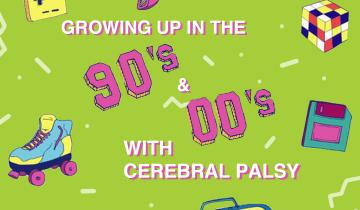In 10% to 15% of cases, there is no clear cause of CP. There is increasing recognition that genetics plays a part, but no standardized approach to genetic testing in patients with CP exists. In this study we asked the question whether both people with and without known risk factors for CP should have genetic testing.
As spring approaches, millions of high school seniors get one step closer to their career and to becoming the person they have dreamed about growing into since they were children. Receiving college acceptance letters is one of the most profound experiences in a young adult’s life. Moving out of your childhood home and stepping into the real world is a majorly exhilarating life event.

Setting up a comfortable home office is key to optimizing work/life balance.
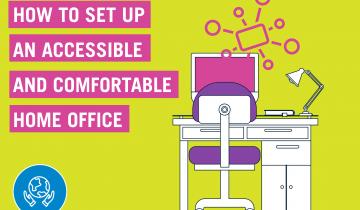
Welcome to the second part of my travel series! In the previous post, I wrote about how I found my love for traveling through my trip to Madrid and Paris. Looking back, not only do I realize that these trips took place during very different phases of my adult life, but they also mark the different phases of my CP in recent years. Although CP is the result of a non-progressive brain injury, many folks experience a decline in their physical abilities in their adult years — the inevitable effect of aging, not just for those with disabilities, but for everyone.

In the next couple of blog posts, I’ll write about some of my favorite trips that I took over the years. I’ll travel down memory lane of all the new places I explored in recent years and eagerly wait until my next trip.
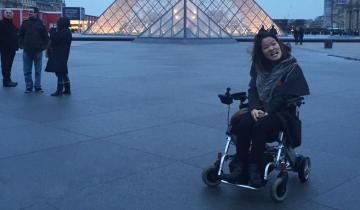
My cousin, Reeva, had recently moved to Kyoto, Japan to learn Japanese for a year, and she convinced me to visit her there. I didn’t know anyone else living in Japan and Reeva was going to be there short term, so I couldn’t possibly pass up going! I was admittedly pretty nervous about traveling all the way across the world— a 24-hour long plane trip, including a layover— especially to a country that uses a language that isn’t remotely like anything I was used to. But, again, I wasn’t going to miss this once-in-a-lifetime opportunity.

In this 2022 episode of "Let's Talk CP" host Jen Lyman talks with neurosurgeon, Dr. Debbie Song, and physiatrist, Dr. Marcie Ward about their role in the care of Cerebral Palsy at Gillette Children's.

Cohort-based whole exome and whole genome sequencing and copy number variant (CNV) studies have identified genetic etiologies for a sizable proportion of patients with cerebral palsy (CP). These findings indicate that genetic mutations collectively comprise an important cause of CP.
Mental health care should be included at the outset, as part of discussions around physical, occupational, and speech therapies. I’ve seen studies on cerebral palsy’s effect on caregiver mental health — and that is important. Caregivers are part of the cerebral palsy community, too. It’s an interdependent one. There’s not enough about the nuance around how having cerebral palsy affects mental health.”
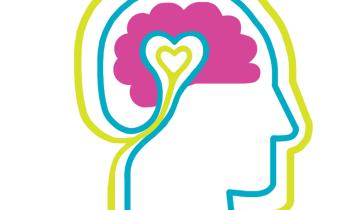
What do you do when you want to help your child but your local providers don't have the resources? You travel for treatment. In this personal story, Sophia's family describes their experiences traveling to Gillette Children's for treatment, including both neurosurgical and orthopedic surgeries.

An international study recently published in the journal Nature Genetics has provided the first firm evidence that for a substantial number of people, their cerebral palsy (CP) may be caused by a genetic mutation, or mis-spelling in the body’s DNA blueprint.
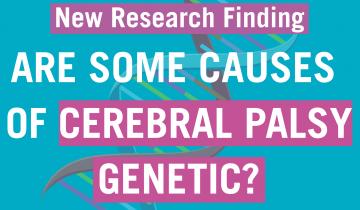
"In addition to commonly associated environmental factors, genomic factors may cause cerebral palsy. We performed whole-exome sequencing of 250 parent–offspring trios, and observed enrichment of damaging de novo mutations in cerebral palsy cases."
I suppose there has to be one silver lining that comes out of being sheltered in place for months on end (due to Covid-19): I’ve finally been catching up on sleep. The recommended nightly hours of sleep is between 7 and 9 hours . For me, getting a good night’s sleep has been the best way to regain a sense of control and ease during such unnerving times. Not only does sleep improve mood and
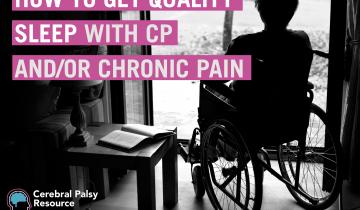
As an undergraduate student in a major metropolitan city like NYC, the thought of finding a place to live after graduation was very daunting. I didn’t have many options for accessible dorms on campus, so I could only wonder how much more difficult it’d be to find a “real-life adult” apartment that I could afford as a 20-something-year-old. My apartment search began one year earlier than
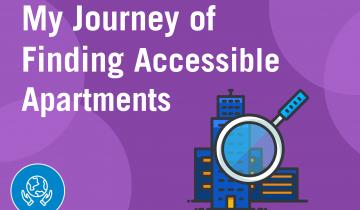
The historic Americans with Disabilities Act (ADA) was signed into law on July 26, 1990, by President George H.W. Bush — marking this month its 30th anniversary. The ADA was the country’s first-ever comprehensive civil rights law for people with disabilities, offering protection against discrimination and imposing accessibility requirements in workplaces and the public. The passage of this law was
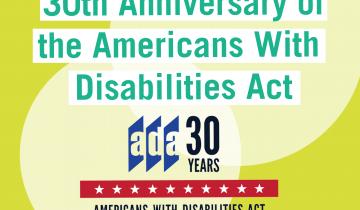
As cities and states across the countries are lifting the COVID-19 lockdown orders, people are returning to work at their offices. However, since the virus is still very much going around, employers must be vigilant about keeping their workplaces as safe as possible. Although we might be seeing a sense of “normalcy,” there’s still a long way to go before reaching the pre-pandemic normalcy—if we
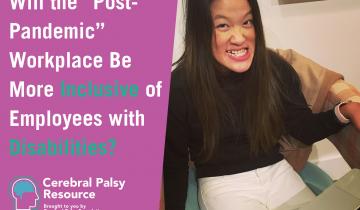
A year ago, I wrote in my Forbes column about the decades-long pattern of Pride Month celebrations excluding people with disabilities. The underlying reason why Pride events were (and still are) mostly inaccessible for people with disabilities, both in terms of physical spaces and social acceptance, is that mainstream media and public don’t see them having identities outside of their disabilities.
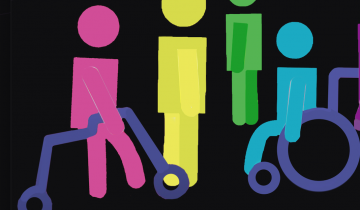
On International Women’s Day, We Celebrate These Trailblazing Women with CP

As the COVID-19 outbreak continues to sweep through the country, there are increasing orders from local governments for residents to stay at home, unless they’re essential workers. Both professionals and students are relying on Zoom and other video conferencing software to work or learn from the comforts of their home, although such measures, in most cases, were not permitted before the pandemic.
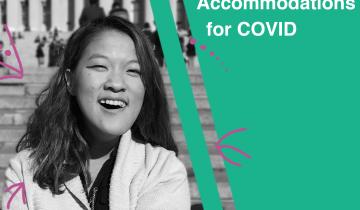
It would be an understatement to say that the last few weeks have been unprecedentedly difficult. Some of you might feel hopeless, some fearful, and some defeated. However, it’s times like this that we must muster up our strength and forge forward.
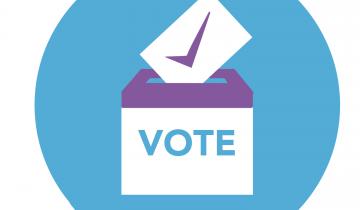
Saturdays were special as a kid growing up in Port Washington, New York. Saturdays meant Burger King outings with my grandparents, a great big slice of trade-marked Hershey’s chocolate pie for me and piping hot oatmeal for them. And we can’t forget about the Kids Meal toys. But on this particular Saturday, everything was different - at the tender age of five, I started to notice that certain aspects of my life were just off.
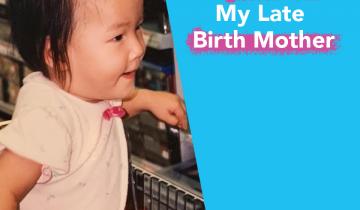
One of the hardest moments during quarantine for me was when my apartment building announced its gym was closing to prevent the spread of coronavirus. As the outside gyms closed all around the city in the weeks prior, I felt grateful that the one in my building was open. The gym was the lasting lifeline to my sanity, and to have that yanked away from me, I felt lost.
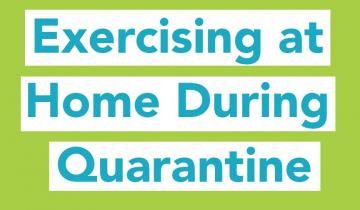
I don’t know if this is just me, but my time in quarantine has made me have weird flashbacks to my childhood. As a kid growing up with CP, especially with a speech impediment and mobility limitations, my lifeline to making and keeping friends was through AIM (AOL Instant Messenger, for those of you who are too young to remember) and one of the first video chatting platforms, ooVoo. Fast forward 15 years, many of us are in a similar situation. To slow the spread of COVID-19, most of life has moved online, including friendships.
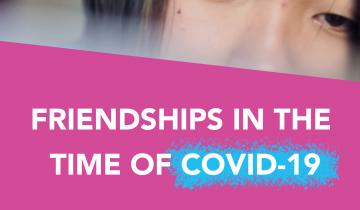
If you’re a history nerd like me, then you probably wondered about the origin of cerebral palsy at least once in your life. As an ever-inquisitive kid, that was certainly at the forefront of my mind, especially when I was old enough to truly comprehend that I had CP.
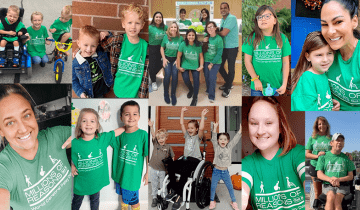
As I progress in my career as a journalist and writer, the more attention and followers I receive on social media. Every so often, I receive a direct message or email from young readers, explaining how I’ve become a role model for them. They express the inspiration they gain from witnessing me not allowing my cerebral palsy get in the way of following my dreams. It was then that I realized I am now the role model that I desperately needed when I was a young girl.
